After five years of planning, construction is finally beginning at Aggie Square, a $1.1 billion development near UC Davis Medical Center in Sacramento. The project, a partnership among the university, the City of Sacramento and the real estate company Wexford Science & Technology, aims to create 25,000 long-term jobs and generate $5 billion annually, according to a July 2020 financial analysis. A ceremonial groundbreaking took place Feb. 16, and construction fences and machines are now moving in.
When completed in December 2024 (according to the most optimistic estimates by Wexford Science & Technology), the site will house five new buildings, two of which will be devoted to life science technology and engineering research — adding to the nearly 150,000 health care and life science jobs already present in the Sacramento region. A third building will be named the Alice Waters Institute for Edible Education, after the Berkeley-based grande dame of California cuisine and food justice, and will promote education about and access to healthy food. The site will also include dedicated space for startups, as well as UC Davis Health’s production kitchens overseen by Executive Chef Santana Diaz.
Gary S. May, center left, and Sacramento Mayor Darrell Steinberg,
center right, were among the university, city and business
leaders who took part in the Aggie Square ceremonial
groundbreaking Feb. 16.
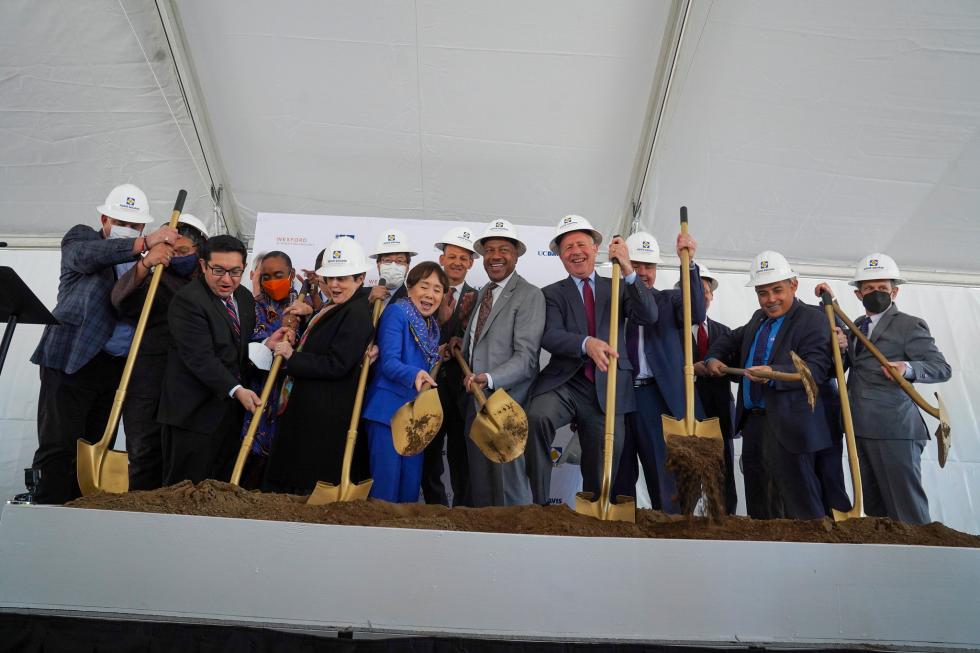
The site is owned by UC Davis and occupied mostly by a parking lot, so construction will not involve any residential demolition. However, residents have voiced concerns that its development will drive up housing prices in Oak Park and Tahoe Park, diverse neighborhoods near the central city that have already seen rent spikes as Bay Area expats and other new residents settle in Sacramento. We asked UC Davis Chancellor Gary S. May, who proposed the project soon after he joined the university following his six-year term as dean of the Georgia Tech College of Engineering, how the partners are responding to this concern and what Aggie Square aims to bring to the region.
Can you give me some background on the Aggie Square development and your involvement in it?
This is an idea I conceived of even prior to my start at UC Davis in 2017. It was influenced heavily by my experience at Georgia Tech in Atlanta and the Technology Square development there that happened as a partnership between the university, the city and the business community. When I was appointed chancellor here, I thought this region was ripe for similar partnerships. Tech Square was transformational for Midtown Atlanta, and I saw a real opportunity to do something, if not as good, then better for Sacramento and our region.
So I proposed the idea to Mayor (Darrell) Steinberg, and he brought a delegation of the business community with him to Atlanta to see Tech Square in the summer of 2017. Ever since then, they’ve been tremendous partners in trying to make this initiative go, and it’s got all the pieces that you need to be successful: the partnership between the university, the business community and government, both the city and the county government. So it’s had a lot of momentum since then, and all that culminated in the groundbreaking we had in February.
When completed, Aggie Square will house five new buildings,
including space devoted to health and life science research,
startup development and food education.

What are the goals of the project, both for UC Davis and the Capital Region?
At UC Davis, we wrote a strategic plan in 2018 that talked about our desire for strategic partnerships and our desire to enhance innovation and entrepreneurship on the campus. Aggie Square really helps us with both of those goals. It allows us to take the world-class research that we do from the laboratory to the marketplace more efficiently. It allows us to bring in industry partners to collaborate with us and co-locate with us. Those same industry partners will be hiring our students and will be collaborating with us on research. They will be collaborating with each other on various projects, all designed to stimulate economic development in the city and the region. And that just enhances our reach as a university, makes us more visible, makes a return on the investment that the state makes on the university much more quantifiable and visible. …
We have a dedicated space for startup companies and entrepreneurship. As these ideas turn into commercially viable entities, those startup companies will be generating tax revenue for the city and state. They’ll be hiring people, growing and hopefully staying in and around the region. So I think the potential is limitless.
How does this relate to another of Sacramento’s government-industry-academia partnerships, the California Mobility Center?
We are also partners with the Mobility Center as well. This is just another example of what’s called the triple helix, which is higher ed, government and industry working together for the betterment of the community. I think (Aggie Square) will be the biggest one. The mayor said this in speeches: This will be the most significant economic development boost to the Sacramento economy in decades. And we’re proud to be a part of that.
“Sacramento historically has been known as a government town, with a limited portfolio in terms of what it offers to business communities. This will change all of that.”
Gary S. May, Chancellor, UC Davis
Sacramento historically has been known as a government town, with a limited portfolio in terms of what it offers to business communities. This will change all of that. I don’t want to make too grandiose predictions, but this opens up the door for health care businesses, food and ag businesses, transportation. All sorts of industries will have direct conduit to the talent that’s being produced at UC Davis and the brain power that’s available at UC Davis to help make some of those products go.
One of the most frequent criticisms of this project is that it will drive up housing prices in the region and displace the people living there. How would you respond to this?
I think that’s a legitimate concern. I will also say that that concern would have existed whether or not Aggie Square existed, because that was happening before there was such a thing as Aggie Square. However, we don’t want our project to be contributing in a negative way to displacement, so we’ve worked really hard to develop a community benefits partnership agreement with the local residents and local labor interests. That, among other things, has a $50 million affordable housing trust fund that will be developed over the years through some of the tax revenue that the city generates from Aggie Square. We’ve already seeded the trust fund with $5 million that’s available now to the residents for various housing needs.
“We don’t want our project to be contributing in a negative way to displacement, so we’ve worked really hard to develop a community benefits partnership agreement with the local residents and local labor interests.”
Gary S. May, Chancellor, UC Davis
We’ve committed to filling 20 percent of the jobs at Aggie Square with people from the three ZIP codes closest to Aggie Square, and that number grows to 25 percent over the years. And in addition to the trust fund for housing and the job opportunities, we’ve done some other smaller things with the Stockton Boulevard area to improve biking and walking and transit use in the area. And we’ve tried to work very closely with not only their elected officials, but also the neighborhood residents themselves to try to address that concern. …
Also, our developer partner, Wexford Science & Technology, has a dedicated member of their team whose responsibility is to make sure that their presence enhances the community. They put some dollars behind things that they do to benefit the community directly as well, on the order of $100,000 a year. It’s not huge money, but it’s designed to bring people into the city. Once we build Aggie Square, there are going to be regular events and activities for the community members.
According to a July 2020 financial analysis, Aggie Square will
generate 25,000 new jobs, in addition to the 5,000 construction
jobs involved in building the site.
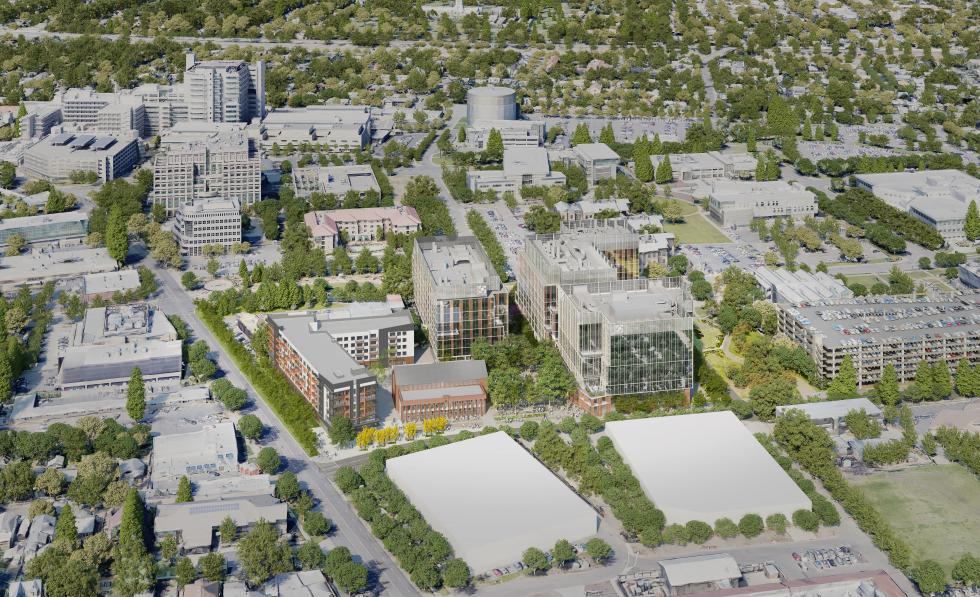
Five years after you first proposed Aggie Square, would you say it’s living up to what you imagined?
It’s gone beyond my hopes, actually. I didn’t think it would happen this fast, for one. I didn’t think that we’d get so much buy-in from everyone, from the elected officials to the business community, and eventually even the residents. I know there are still some critics, but overall, I think we’ve addressed the concerns of many of the critics, and people seem to be very excited about the potential here. So I couldn’t be more pleased about where we are right now.
Edited for length and clarity.
–
Stay up to date on business in the Capital Region: Subscribe to the Comstock’s newsletter today.
Recommended For You
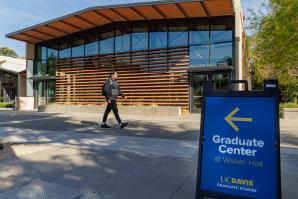
Historic UC Davis Building Reopens as Graduate Center
After 10 years vacant, Walker Hall becomes a home for the university’s graduate, professional and postdoctoral scholars
UC Davis’ new dedicated Graduate Center opened this month, giving graduate students access to offices, lounge space, meeting rooms, a kitchen and more.

The Way We Work: Gary S. May
A glimpse into the daily life of the UC Davis chancellor
In The Way We Work, we track the routines of local executives. Here’s how UC Davis Chancellor Gary S. May runs a campus of 39,000 students.

Great Expectations at UC Davis
University announces a $2 billion fundraising campaign
A wide range of projects and initiatives on and off the Davis campus are set to be funded by the campaign, called Expect Greater: From UC Davis. For the World.
Sponsored
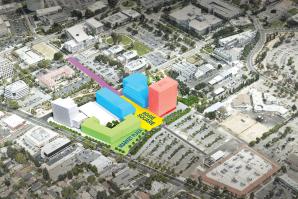
UC Davis’ Aggie Square Can Lead to Regional Prosperity
Report cards don’t always deliver the results one hopes for, but they can be great motivators. A group of Sacramento-area business, governmental and civic organizations was recently reminded of this after receiving the outcome of a Brookings Institution economic performance assessment they commissioned.
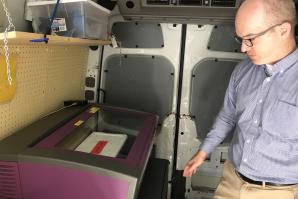
UC Davis Beta Lab Studies ‘Maker Movement’ in Youth
Research project with mobile lab evaluates how students learn STEM
The Maker Movement is, simply put, an initiative that engages students through projects they like — sewing for fashion, using a 3-D printer — before subsequently integrating traditional academic learning. But Maker Movement is more than a return to the old.



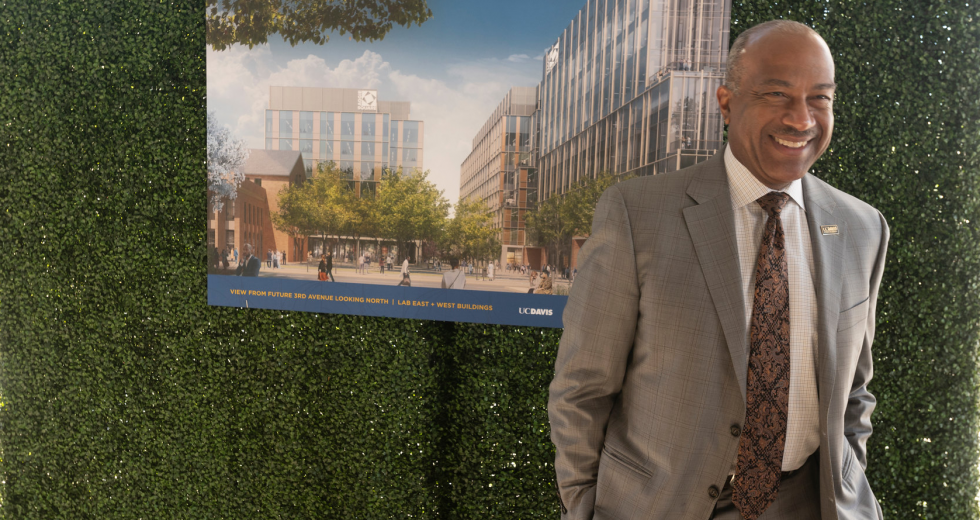
Comments
I have been a close neighbor to several UC davis-owned buildings. I would say that I have and still have concerns about how UCD has interacted with its neighbors. First of all, where is this forum for neighbors that I can attend? A big example, first. Living in such close proximity to UCD, my street is parking-restricted. However, this is poorly enforced. Many, many times through the years, I have had issues with non-permitted vehicles. Parking across my driveway, using fraudulent handicapped stickers or plates, etc. AND, it takes a long time for a city enforcement officer to respond, if at all. It will only get worse. UCDavis needs to take a role in this enforcement, in the form of transferred/shared enforcement. if there is to be any improvement. Why should the city foot the bill? Also, not a lot of care taken with the buildings, in terms of aesthetics. For example, on each corner of Stockton and Y, very bright lights used to illuminate the building, which bothers myself and my neighbors, we’ve all talked about it. It is overkill, as there is sufficient lighting in the fenced-off parking garage.. The wire fencing on the building opposite corner, is such an eyesore. The landscaping in front of this building is also dangerous. It hides pedestrians from right-sided view at the corner. I have almost struck pedestrians in the past, due to this inappropriate landscaping.There’s more…. My point-is that I don't consider UCDavis as such a good neighbor. Perhaps this could change? Think about the residents more, and also, please provide a person or department that residents would be able to speak with about such concerns. Thank you, Sharon Young, 4226 Y Street, Sacramento, CA. 95817. (720) 459-1832